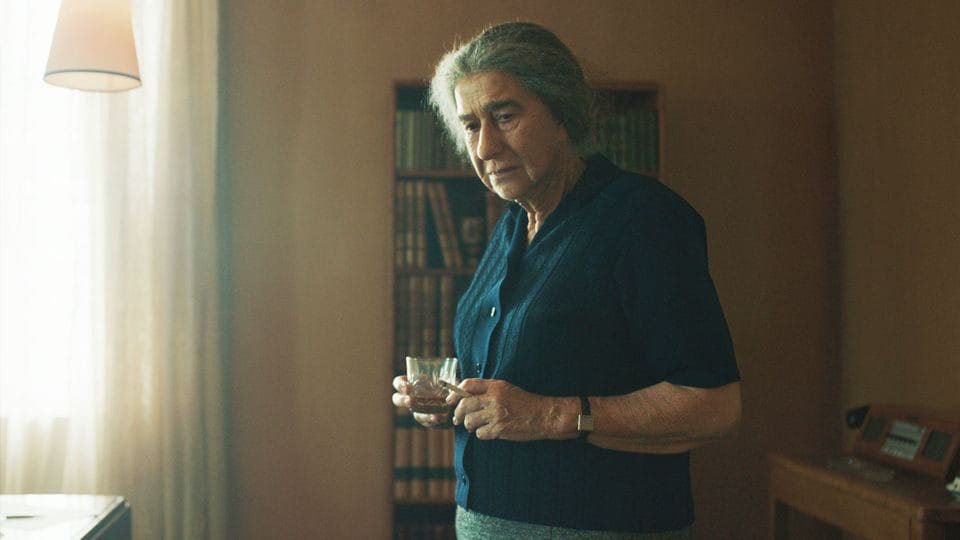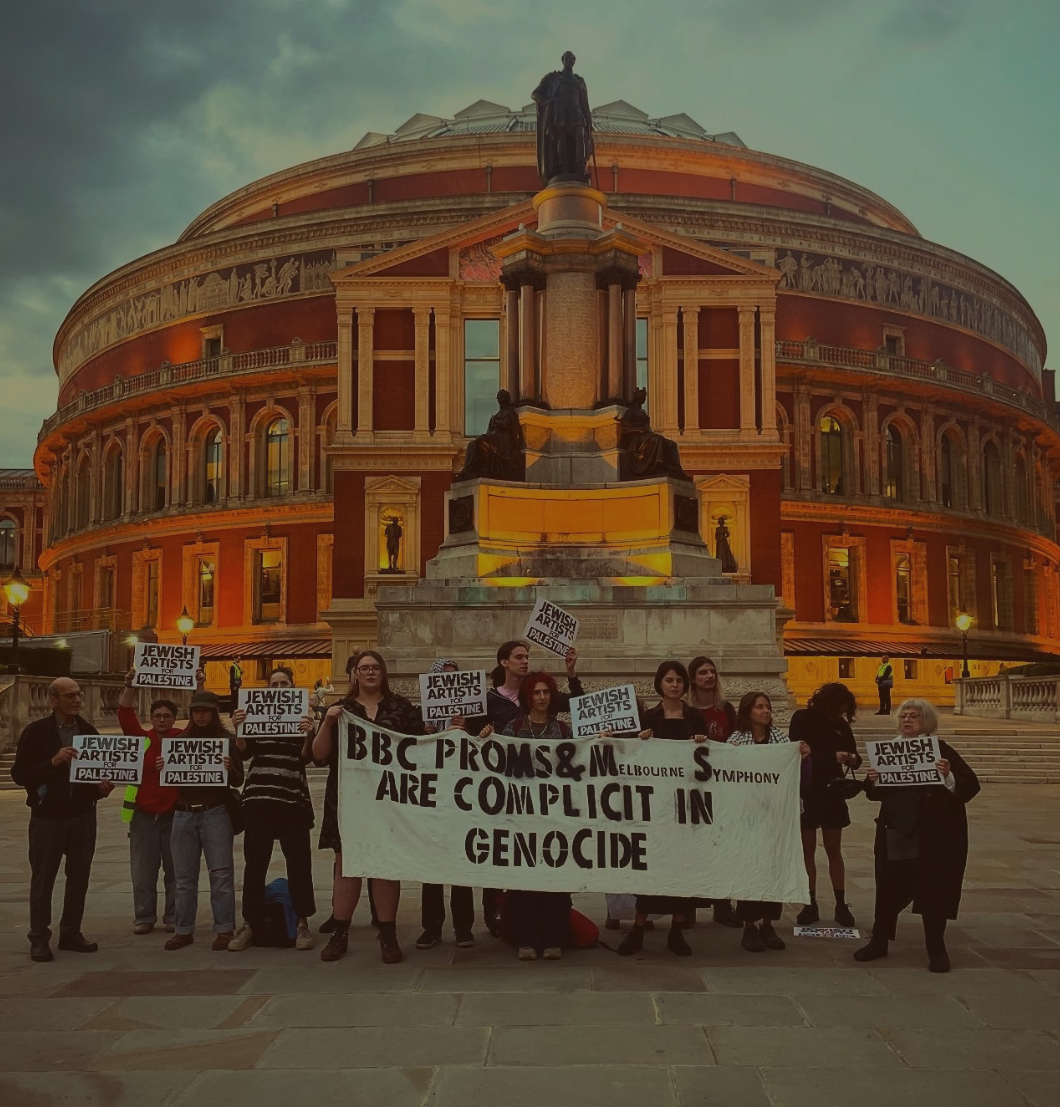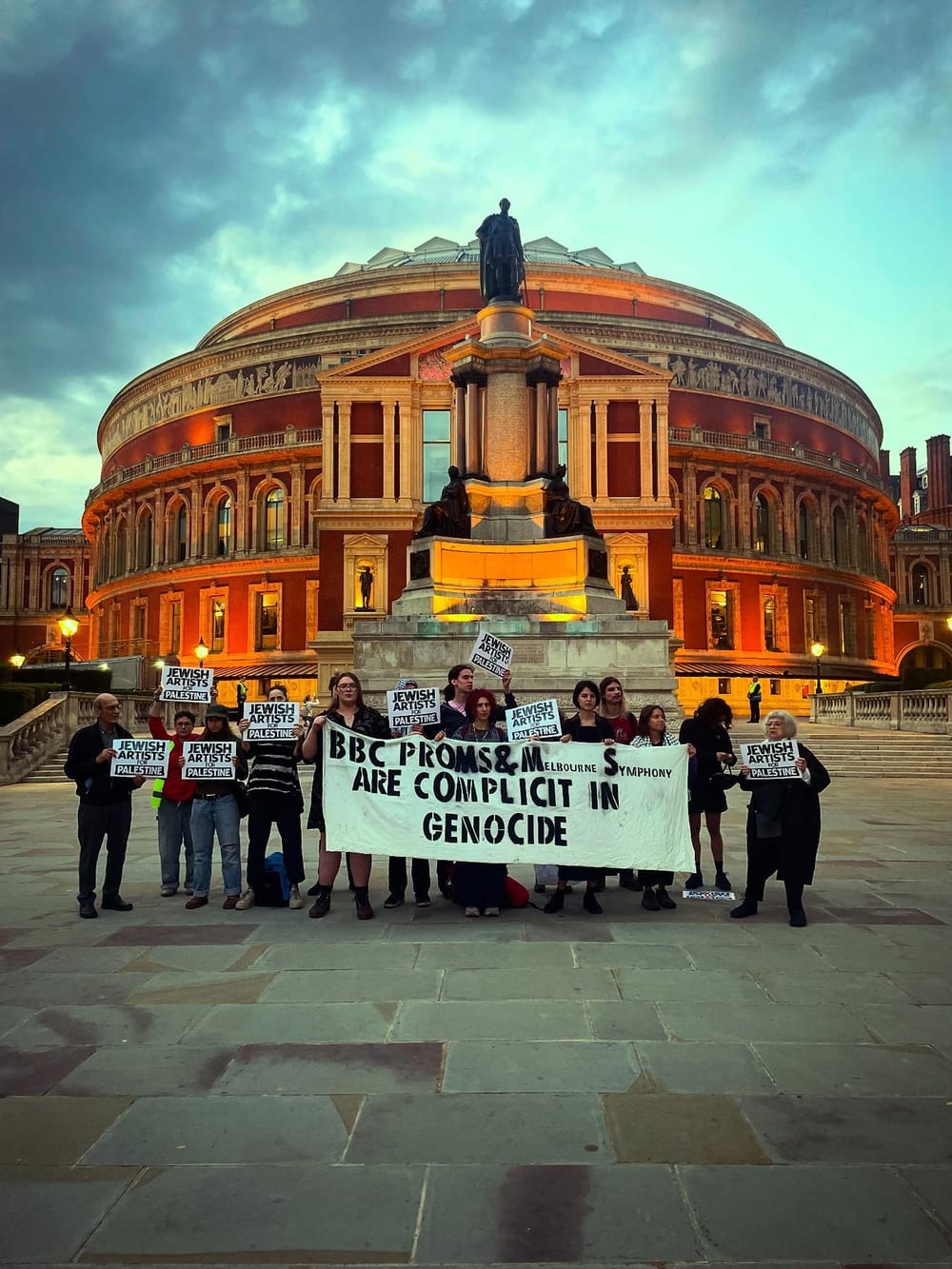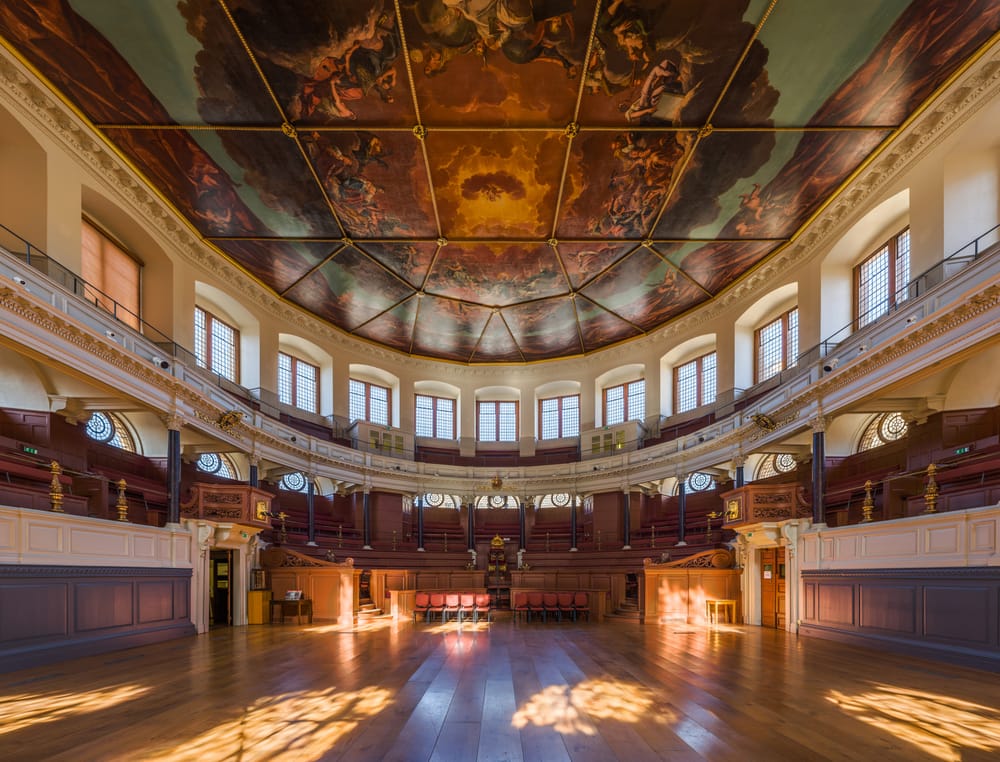
When in 2019, the long running Broadway show Falsettos – about a Jewish man in 1970s New York who leaves his wife for another man – was brought to the West End without any Jewish cast members, the blowback was intense. More than 20 Jewish actors and playwrights, among them Miriam Margolyes and Maureen Lipman, signed an open letter in The Stage, accusing the producers of Falsettos of “a startling lack of cultural sensitivity and at worst, overt appropriation and erasure of a culture and religion increasingly facing a crisis”.
In recent years, a number of high profile Jewish performers have been drawing attention to a problem they call "Jewface". Just last month, Lipman made headlines once more with her complaint that Dame Helen Mirren had been cast as Golda Meir in an upcoming biopic of the former Israeli prime minister. Earlier this year, Tasmin Greig apologised for playing a “Yiddishe mamma” in Friday Night Dinner.
Many of these mea culpas and complaints centre on the supposed disparity between the treatment of Jews and other racialised groups when it comes to issues of racial justice. “In a time when the importance of representation is seen as so essential and so front and center,” American comedian Sarah Silverman asked listeners of her podcast, after learning that Kathryn Hahn was set to play Joan Rivers in The Comeback Girl, “why does ours constantly get breached even today in the thick of it?” David Baddiel struck a similar tone when discussing Falsettos in his book, Jews Don’t Count: “[N]o one took it seriously. It got no – and this is important – social media traction […] I did not see #Jewface or #FalsettoGate trend on Twitter.”
Let’s be clear: the appropriation, caricature and erasure of Jews in Euro-American popular culture is a real phenomenon with a long history. Jews have been played by non-Jews since early performances of Shakespeare’s Merchant of Venice, in portrayals ranging from the antisemitic to the philosemitic to the ambivalent. For some Jews, the Jewface debate points to deeper neuroses about assimilation, whiteness and the nation; the loss of autonomy over representation; and the disappearance of Jewishness itself. The way Jewface is being used here, however, is altogether different.
The term Jewface, as used by the likes of Baddiel and Silverman, speaks to a desire to gain recognition for Jewish people by collapsing their experience into that of Black people. Often this is done in the name of an otherwise disdained “woke leftism”. “Was it the moment when identity politics warriors had finally planted their flag on the hallowed ground of Jewish acting?”, asked the Jewish Chronicle in a January report on recent Jewface controversies – implying that we don’t want to play identity politics, but if others are, so must we. This cooptation of the language of blackface fails to appreciate its uniquely violent lineage, one in which Jewish people themselves prominently feature. Worse still, it belittles these injuries and forecloses the possibility of solidarity.
Enter the Hebrews
With the steady migration of Eastern European Jews to the US between the 1880s and 1920s, the figure of the Jew became a vaudeville staple. Stingy and unscrupulous “Hebrews” with thick Yiddish accents, prosthetic noses and unkempt appearance were, according to Jewish studies professor Ted Merwin, “second in popularity only to blackface performers”. Strangely, Jewish people often had a hand in crafting these same stereotypes. The most successful Jewface performer of the late nineteenth and early twentieth century, David Warfield, had a Jewish producer, David Belasco, who said “he hoped that watching [Warfield’s performances] would, for non-Jews, take the place of a ‘slumming expedition’ to the Jewish neighbourhood.” The increasing involvement of Jews in Jewface made it a space that could accommodate both antisemitism and Jewish assimilation and creative expression, as settled Jews laughed with other white people at the travails of the new arrivals.
Yet it wasn't just other Jews such artists mocked. There is a long, ignominious tradition of Jews being successful blackface performers. The reasons are not hard to grasp. African American writers like Toni Morrison and James Baldwin have referred to European immigrants becoming American by first learning the N-word. Many Jews have assimilated into whiteness in America – and, to some extent, in Britain – by learning to reproduce dominant forms of anti-Black racism. Like other whites, they have largely done so with impunity: both Silverman and Baddiel have donned blackface and faced few professional consequences for it.
In order to appreciate how hollow contemporary comparisons between Jewface and blackface can be, it is important to understand the latter’s history.
The happy slave
So popular were minstrel shows during and after slavery that, according to David Roediger, they "featured at President John Tyler’s inauguration, and in performances before Queen Victoria. Abraham Lincoln stole away from the pressures of duty during the Civil War to see blackface shows.” The performers smeared burnt cork or shoe polish over their faces, enacting stock characters such as the happy, dancing slave or tragic female mulatto in sentimental depictions of plantation life. Those deemed too aspirational – “trying to be white” – were put in their place. The first great American art form, minstrelsy affirmed white identity through Black abjection. It allowed whites to express repressed emotions and resentments amidst industrial upheaval. Masking made the transgressions safe. Full of bawdy humour, homoeroticism and cross-dressing, minstrelsy drew from conventions of pantomime and music hall. The African-American race scholar Saidiya Hartman has argued that on auction block and popular stage alike, Black “suffering was transformed into wholesome pleasures.” Blackface normalised, trivialised and justified racial oppression. In the 1830’s American north, anti-Black pogroms were often carried out by blacked-up mobs fresh from minstrel shows; “blackface whiteness meant respectable rowdiness and safe rebellion,” writes Roediger.
Nor was blackface only big in America. From folk dancing to vaudeville and music hall, British blackface transitioned to television with the BBC’s hugely popular Black and White Minstrel Show, which aired for two decades between 1958 and 1978. Arguably, blackface remained socially acceptable in white British society for longer than in the US, performed on relatively recent primetime shows like Bo' Selecta, Little Britain, The Mighty Boosh, Ant & Dec’s Saturday Night Takeaway and, of course, David Baddiel and Frank Skinner’s Fantasy Football League. Though Jewface and blackface emerge from the vaudeville style of racial differentiation and caricature (with Jewface a much later development), their trajectories are markedly different, reflecting the different constructions of Jewishness and Blackness across histories and geographies.
Jews don’t count
In January, Black footballers Jesse Lingard and Marcus Rashford were photographed with the rapper Wiley, who in 2020 fell into disgrace for making antisemitic statements. Marc Cave, director of the National Holocaust Centre and Museum, demanded an apology: “I invite him, Marcus Rashford and any other footballers who think they know what racism is to think again.” Cave’s statement exposed his profound ignorance of the enormous racism that Black people face across the UK. In the wake of the Wiley scandal in 2020, Cave penned a blog for the Times of Israel, in which he wrote of the historic solidarity between Jews and Black people: “It was a Jewish performer, Al Jolson, who at the height of discrimination against African Americans, was the only man in the USA to insist they got paid the same as their white co-performers.” Jolson was the biggest blackface star of his day.
People like Cave and Baddiel typify the arrogance of too many self-appointed Jewish spokespeople, thinking they have everything to teach and nothing to learn while churlishly demanding solidarity from others. This attitude is deeply counter-productive. Baddiel’s now-infamous insistence that “Jews don’t count” helps to separate Jewishness from other histories of racialisation, revealing a reactionary politics smuggled through the language of antiracism.
Put simply, legacies of blackface aren't commensurable with any dilemmas posed by Gentiles playing Jews. If the appropriation and caricature of Black people is being less ambiguously opposed, it isn’t because everyone’s ignoring antisemitism, but because anti-Blackness remains more dominant and violent, and because antiracist struggle has forced liberal reforms.
Sneering at other minorities’ experiences of racism does nothing to advance the fight against antisemitism. It forecloses potential alliances, and sabotages the important work of clarifying where Jews, the oppression we suffer and help to perpetuate, fit into racial capitalism more broadly. Locating the cause of Jewish victimhood in other racialised groups further sutures Jewishness to whiteness. It subordinates Jews to a damaging philosemitism, one that erroneously places its faith in a top-down antiracism administered by of Euro-American states. This is no liberation worth fighting for.
Michael Richmond’s new book Fractured: Race, Class, Gender and the Hatred of Identity Politics, co-authored with Alex Charnley, is out in September with Pluto Press.
Author

Michael Richmond is the co-author, with Alex Charnley, of the book Fractured: Race, Class, Gender and the Hatred of Identity Politics, out now with Pluto Press.
Sign up for The Pickle and New, From Vashti.
Stay up to date with Vashti.



